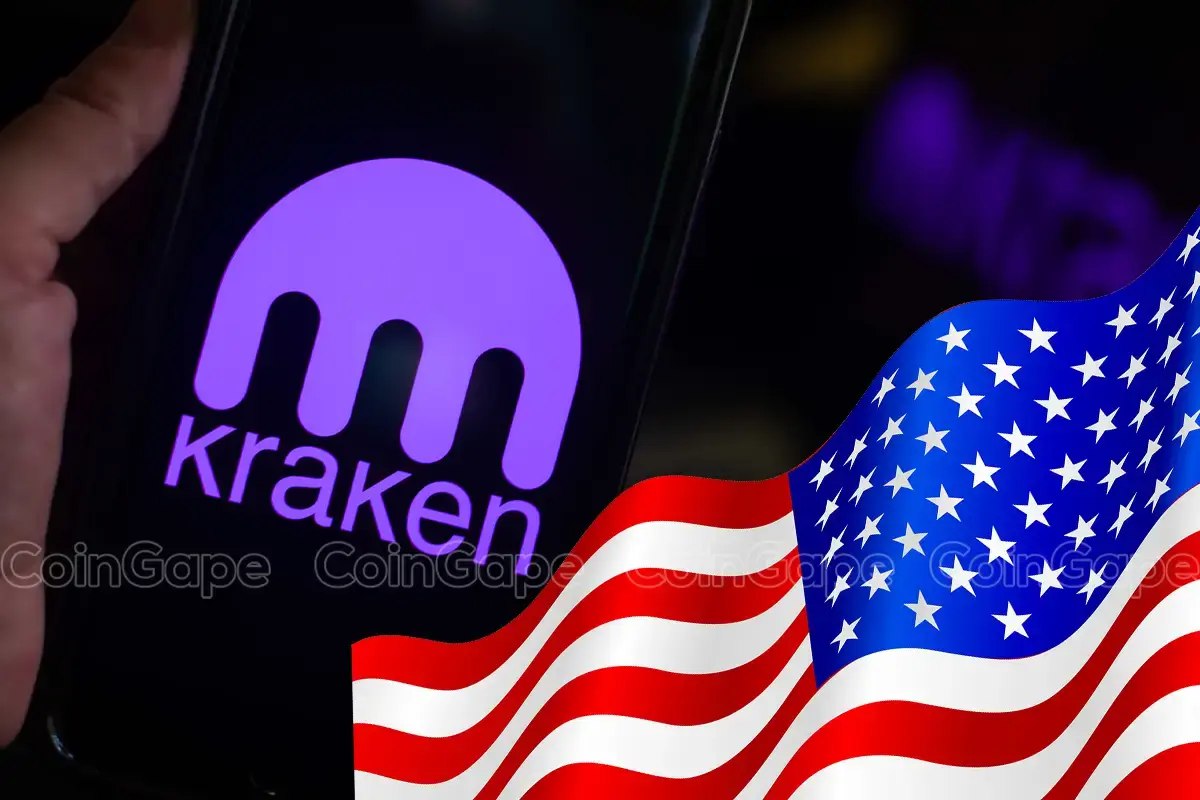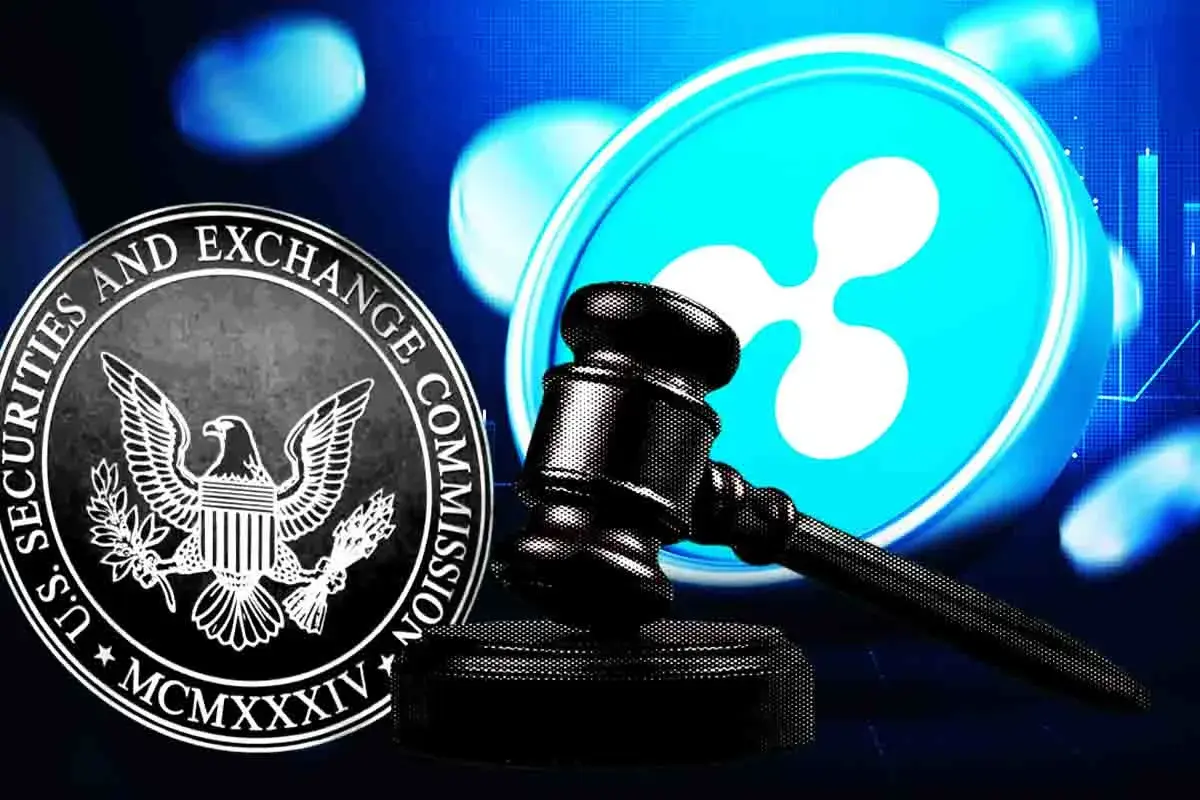
American crypto exchange platform Kraken has revealed its first Quarter (Q1) performance report as it recorded another big breakthrough start to the year. According to the update, the firm generated a total of $472 million in gross revenue, and its adjusted EBITDA is $187 million. As the firm noted, Kraken said it had a strong topline performance amid disciplined executions.
Kraken Q1 Highlights
According to the company’s update, Q1 revenue marked a 19% year-over-year increase. The crypto exchange said its performance comes despite the slowdown in trading activity after its breakout record in Q4, 2024.
Despite the growth quoted, revenue declined by 7% for the quarter. However, the overall crypto exchange trading volume jumped 29% year over year. Kraken also saw an increase in funded accounts by 26% year over year amid massive adoption.
The outpacing of the broader crypto market benchmarks complemented these performance metrics. As the American trading platform noted, this boosts its overall market share and deeper client engagement trends.
Over the past few months, the exchange has expanded into new markets to boost its overall presence. As reported, it secured restricted dealer registration in Canada to expand its North American reach.
Ambitious Crypto Exchange M&A Record
To further boost its market relevance, Kraken completed the acquisition of NinjaTrader, a cloud, multi-tech trading platform. As the bigger exchange noted in its financial update, NinjaTrader’s infrastructure and community align with its vision.
Through NinjaTrader, Kraken can now expand its reach to serve institutional clients in the mainstream TradFi market. Beyond NinjaTrader, the trading platform has robust activity, with platforms like PumpFun consistently liquidating their Solana stash through the trading platform.
The exchange also launched Kraken Pay, a new consumer app and staking product to offer users new value. Despite the visibility of core rivals like Coinbase and Binance, Kraken has maintained an impressive stance as a top market leader.
The Incoming Kraken IPO
For a few years now, the idea of a potential Kraken public listing through an Initial Public Offering (IPO) has been a possibility. Although details were not disclosed in the current financial report, the exchange is considered a forerunner among top crypto firms and is billed for public listing this year.
Kraken’s businesses and operations do not currently face regulatory hurdles. The platform’s staking lawsuit has been closed under the new US Securities and Exchange Commission (SEC) leadership.
With this, the platform remains on the radar amid growing clamor for a new crypto regulation landscape.
The post Kraken Q1 Performance Metrics Soar as IPO Hype Grows appeared first on CoinGape.





